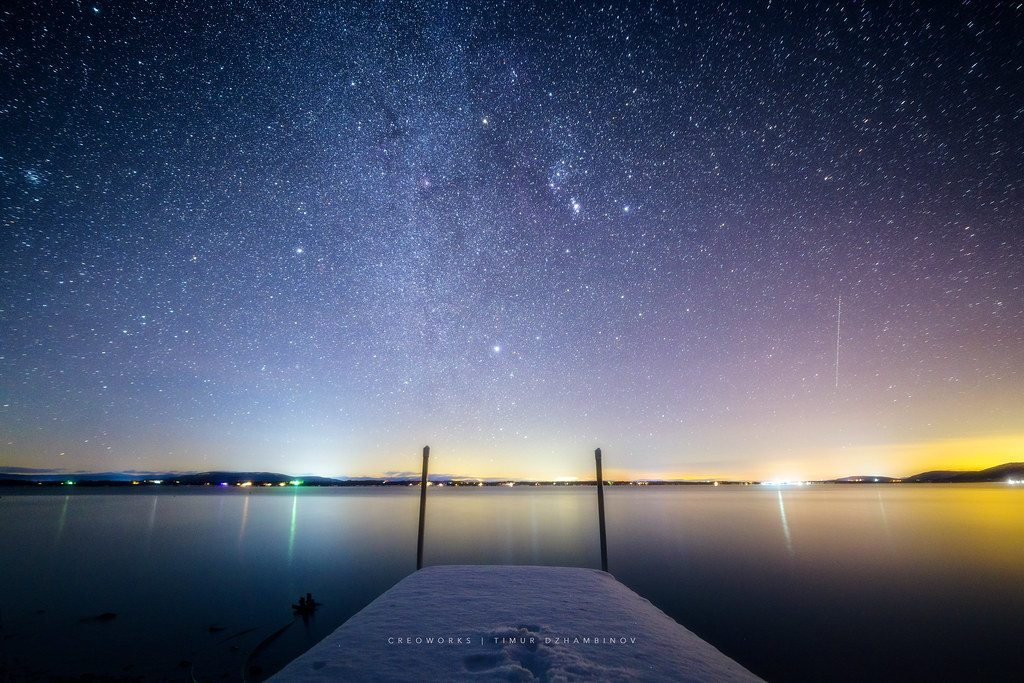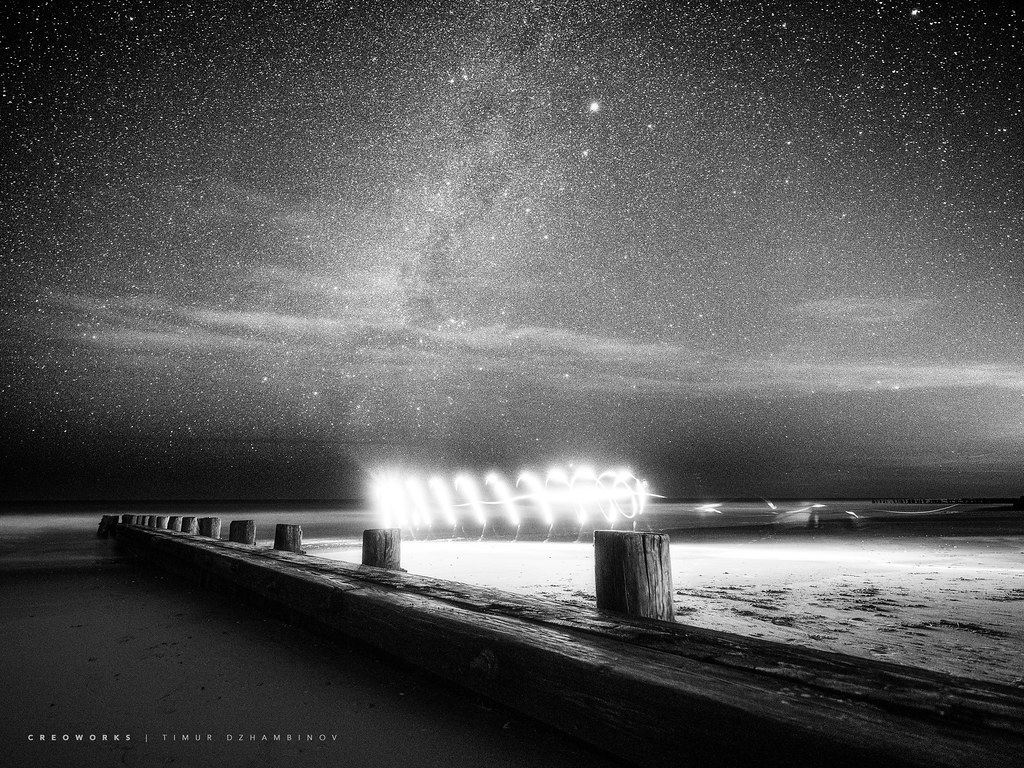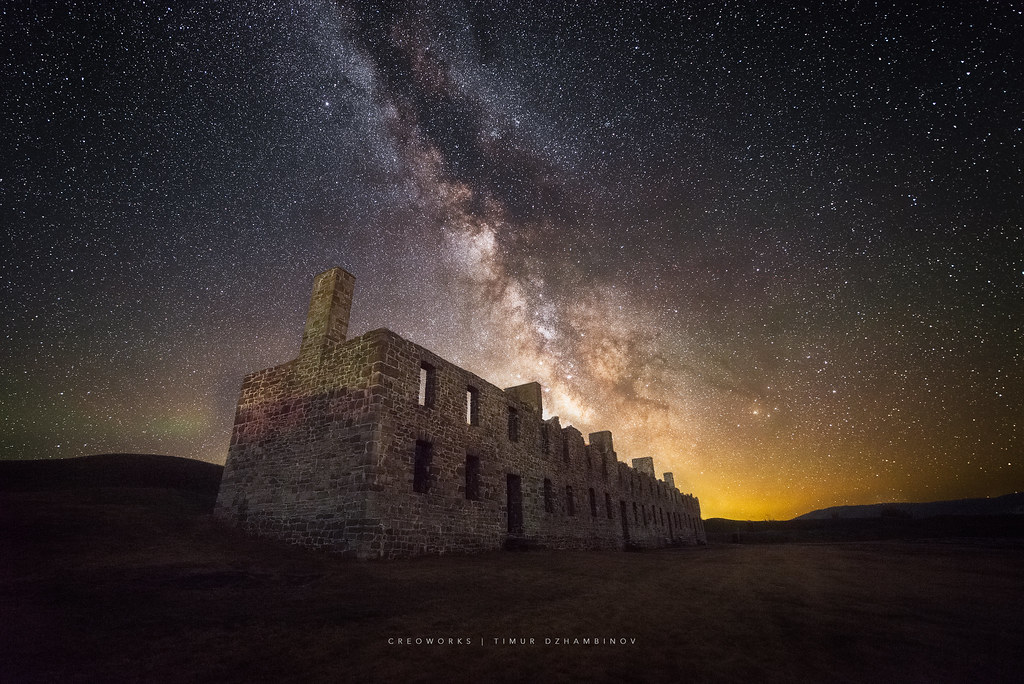I have had that with a DA 21 on the K-3ii when the exposure is too long.
With that lens you could make a 30 second exposure without astrotracer and get a non-trailing result (500/14=35.7 sec).
Generally 4 minutes is too long, 2 minutes would be better, take several of them and stack. Take a dark frame too, ISO 1600 and wide open.
You were using f8 and that negates the light collecting value of the large aperture and ISO 200 but that would be fine for the first sharp foreground image focused on the building, with astrotracer off. After that you should go to infinity on the lens, astrotracer on, ISO1600 and wide open. Then take 5 or 6 2 minute exposures (check the first one is not trailing in the corners) .
Do a precision calibration before you start too.
Then it's PP time

This will get you started:
Its a start, and more experienced members with the 14mm may offer better insights.


 Similar Threads
Similar Threads 



 This will get you started:
This will get you started:




















